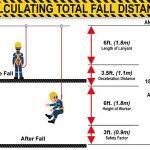The Work at Height Regulations 2005 were implemented to prevent injury or death as a result of a fall from height. Employers are responsible for ensuring that any work carried out at height is correctly risk-assessed by competent persons and carried out by individuals trained to work in this environment using a suitable fall protection system.
A ‘competent person’ is an individual with the skills, experience and knowledge to carry out a task. Employees also have a legal duty to be aware of risk and how it applies to them. They should cooperate with their employers to abide by Health and safety regulations.
The Work at Height Regulations initially stipulate that where it is practical, work at height should be avoided. However, where such actions are deemed necessary, then fall restraint equipment must be used to keep workers away from fall hazards.
In contrast with fall restraint – which essentially prevents an individual from reaching any identified fall hazard in the first place – a fall arrest system is designed to minimise the distance a worker can fall to safeguard life and reduce the potential for injury.
Both fall restraint and fall arrest systems consist of anchors, anchor points, lanyards and harnesses. In addition, fall restraint can include edge protection and other physical barriers designed to protect individuals from fall hazards.
For more detailed information, this PDF guide produced by the Health and Safety Executive provides general guidance on working at heights and potential fall hazards.
What is a fall arrest system?
Fall arrest systems consist of body harnesses, lanyards or self-retracting lifelines and anchorage points.
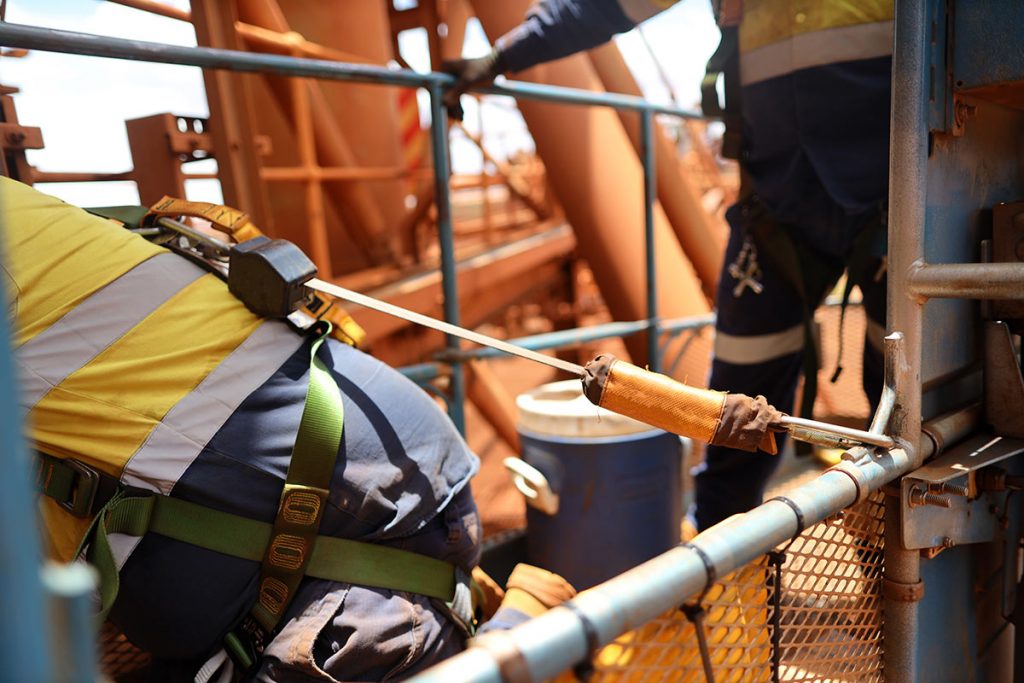
The purpose of the fall arrest system is to provide protection for an individual once a fall from height has occurred. This limits the distance he or she can fall and mitigates the chances of serious injury.
Fall arrest systems should be designed to keep the free fall distance to an absolute minimum to guard against possible additional injury. Harnesses are designed to distribute any impact forces to minimise injury. A secure anchorage point or reliable lifeline are also essential parts of the system.
When should a fall arrest system be used?
Fall arrest systems are considered as ‘last resort’ solutions, where fall restraint is not applicable because of unavoidable factors such as work required over the edge of a fall hazard. Anywhere a fall risk hazard is accessible, a personal fall arrest system is the safety solution of choice.
Typical industries where fall arrest is used to protect workers and ensure the safety of personnel include construction, scaffolding, offshore and power plant applications. They are often used in conjunction with work positioning equipment.
Rescue equipment is also an important consideration to avoid the potential for suspension trauma (also known as orthostatic shock) which can typically occur within five to thirty minutes of a fall and subsequent suspension in a fall arrest system.
What is a fall restraint system?
Fall restraint systems differ from fall arrest systems as they are designed to prevent an individual from accessing any space where falling is a potential hazard.
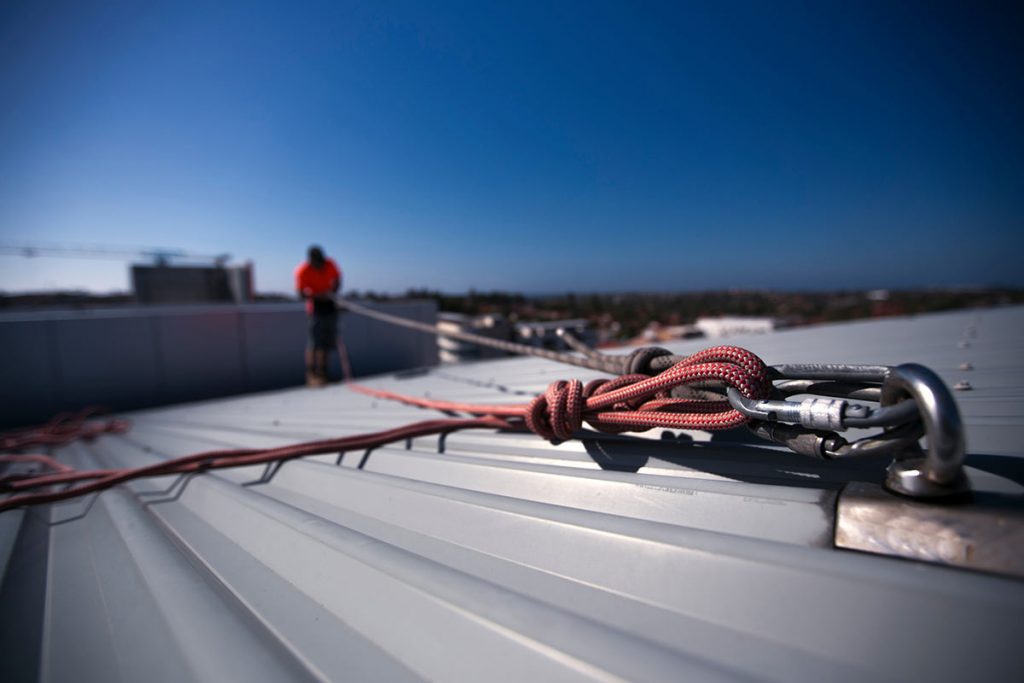
Like fall arrest systems, fall restraint systems or work restraint systems consist of a harness and lanyard connected to an anchor. This difference is that the lanyard is of a limited length which means the individual is kept safely away from the fall hazard.
When should a fall restraint system be used?
In terms of safety, fall restraint is the preferred option to fall arrest. It is used in areas where the free fall distance is shorter due to obstacles in the immediate area, making it impossible to arrest any fall safely and quickly enough.
Fall restraint systems are usually simpler in design and easier to use than fall arrest systems. They do not require any rescue equipment to be available.
What makes these active fall protection systems?
In the fall arrest vs fall restraint debate, both fall arrest systems and fall restraint systems are considered to be active fall protection safety systems.
An active fall protection system means that the user must actively engage with the system to implement the protective measures. As an example, the user must attach to a lifeline in order to engage safely. The user must take action in order to be safe and protected where working at height is unavoidable.
What's the safest? Fall arrest or fall restraint?
Both fall restraint and fall arrest have particular scenarios which influence the choice of system. However, there are environments where the individual has a choice.
- Eliminating the potential for a fall using a fall restraint is always going to be the safer option, as there is always the potential for injury during the fall arrest process.
- Falling is inherently dangerous with added risk due to the forces impacting upon the body. Fall arrest may save a life, but carries the risk of injury.
- Fall restraint will have some disadvantages because it limits movement, but significantly reduces the potential for injury.
To ensure optimum protection, training is imperative for working at height. Take a look at the comprehensive working at height training and consultancy services offered by Reece Safety.
How do you decide which to use?
So how do you decide whether fall restraint or fall arrest is more appropriate in terms of potential fall hazards? The hierarchy of fall protection plays an important role in deciding which fall prevention system should be specified.
- The hierarchy of fall protection states that the first consideration is to eliminate the risk by avoiding any work at height where at all possible.
- It then moves on to providing guards for the fall hazard, if working at height is deemed essential. This is where guardrails and fall restraint systems are implemented.
- Finally, providing protection for the worker is vital if the risk of a fall cannot be totally eliminated. This is where personal fall arrest systems are implemented.
Calculating Fall Height
When calculating fall height, it is important to be aware of the equipment you are using. Calculations will differ for shock-absorbing lanyards, as in the first diagram below and retractable lifelines as shown in the second diagram. In addition, properly fitting the fall arrest system and fall restraint system equipment is important, as are the checks made by co-workers.
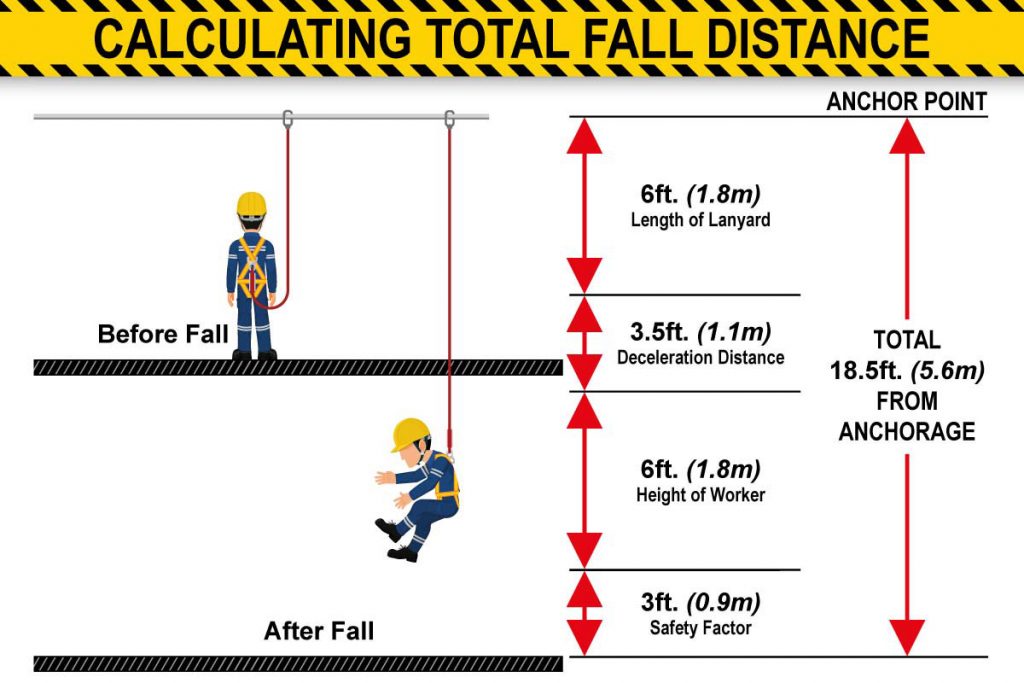
Below is a fall arrest distance calculator for when attached to a retractable lifeline.
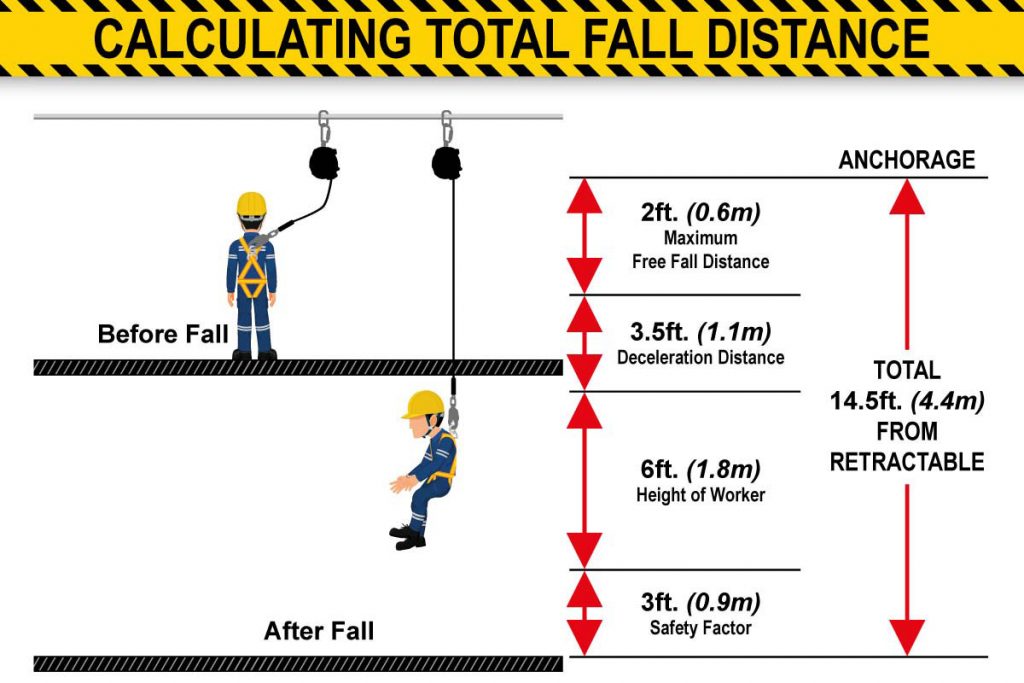
Total fall distance
Total fall clearance distance is the minimum vertical distance between the position of the worker and the position of any lower level below that worker where he or she may sustain injury if they make contact with this level or surface following a fall. This distance will determine whether it is more appropriate to use a personal fall arrest vs fall restraint system.
Free fall distance
Many different aspects and different areas of equipment specification will impact this calculation. It is important to recognise that there is a free fall distance, which is the distance a person will fall before the arrest system comes into play. The free fall element can only be a maximum of six feet.
Deceleration distance
The deceleration distance describes the length the lanyard will stretch to arrest any fall and must be no more than 3.5 feet. A safety factor must also be calculated to guarantee the worker is protected against reaching any lower level in the event of a fall; this is usually two feet. Adding together the free fall distance, the deceleration distance and the safety factor will give you the total fall clearance distance for a personal fall arrest system.
Pendulum effect
The threat posed by swing fall hazards is significant. Swing falls, with their associated pendulum effect, can occur when a person falls from a position where the anchor for the personal fall arrest system is not directly overhead. As a result, they will swing back and forth and can be at risk of sustaining injuries by making contact with objects in the path of the swing movement.
For example, a worker using a retractable lanyard may move a significant distance from the anchor point. In the event of a fall, a retractable lanyard will not recoil, and the distance the individual may fall could mean they will hit the ground before the calculated fall distance comes into play. Evaluating the swing hazard is a vital part of preparation for fall prevention and safe working.
Rescue equipment
The law also details the requirement for a comprehensive rescue plan wherever work at height using fall arrest equipment is in progress. This stipulation is to reduce the risk of any fall to the individual and means that rescue must be effected quickly and safely to avoid the potential for suspension injuries (suffered by a suspended worker) and harm. The rescuers will use equipment specifically designed to perform the rescue and they must be assessed as competent in the use of this equipment. A common mistake is to assume the Emergency Services will conduct the rescue plan, this is in breach of the regulations.
There are many fall protection rescue devices available on the market. Reece Safety offers a range of rescue devices to match regulations in the event of a fall.
Summary
Fall arrest and fall restraint systems each have an important role to play when keeping people safe working at height and ensuring that employers comply with all relevant legislation. For a comprehensive overview of products available and for specialist training and consultancy services, browse the Reece Safety product catalogue.
 UK
UK US
US










